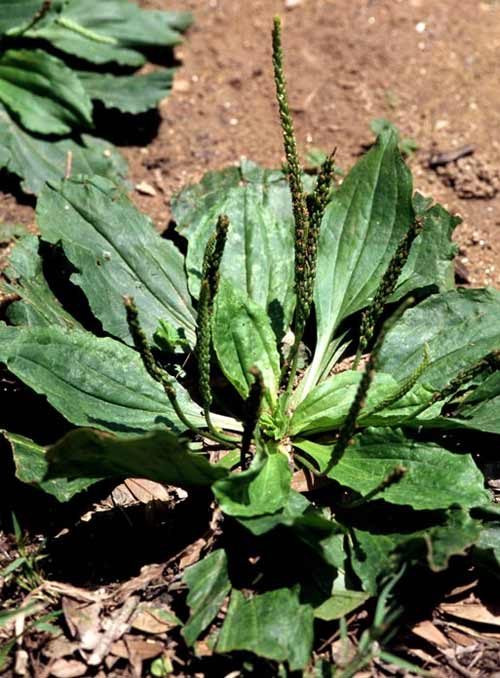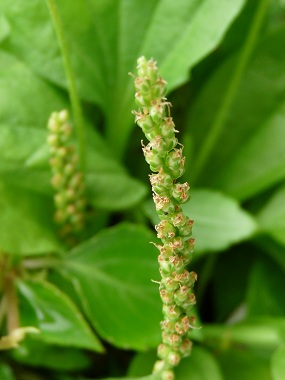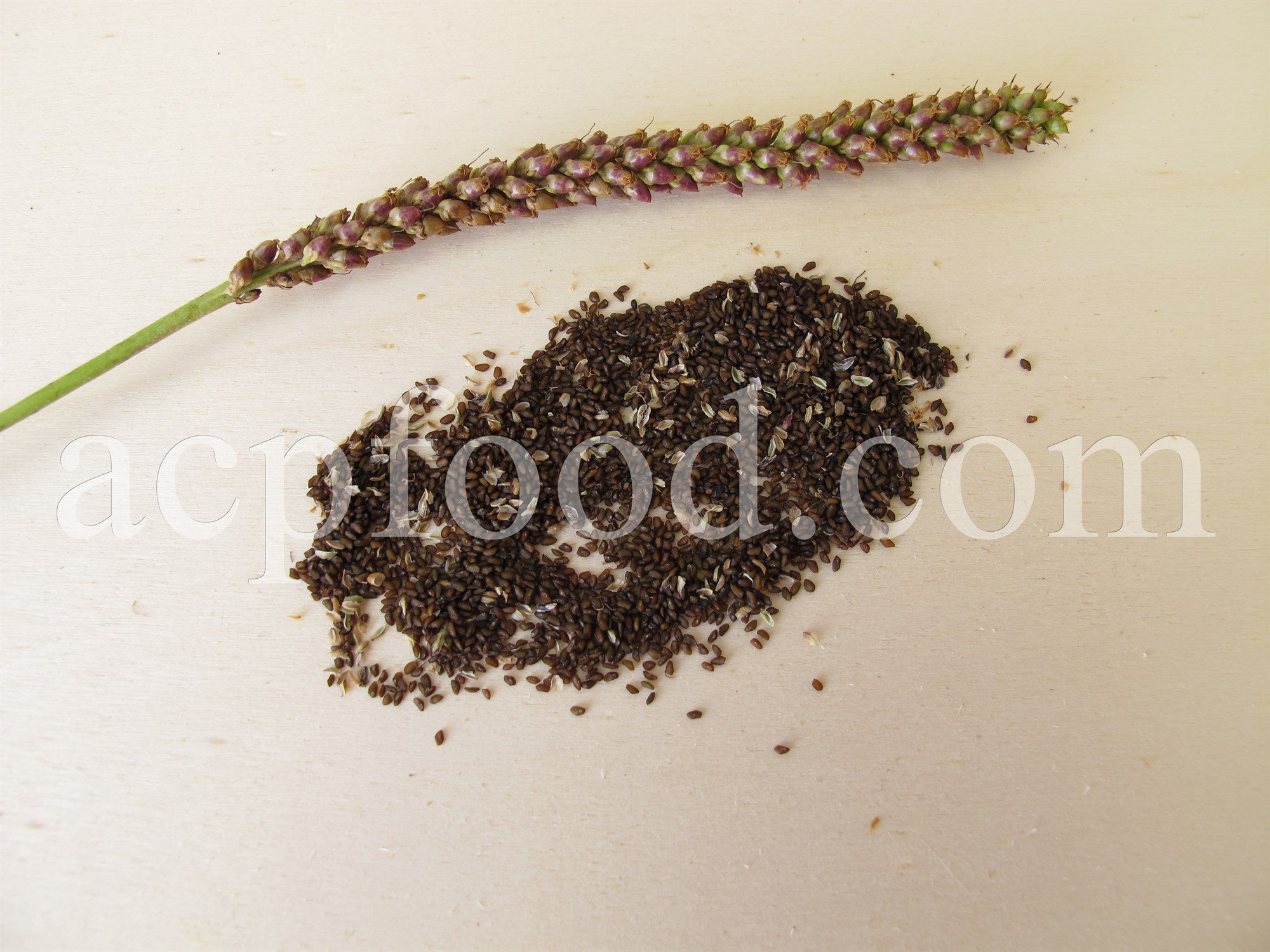Broadleaf Plantain: The Weed That's Actually A Superfood
Broadleaf Plantain: The Weed That's Actually a Superfood
You may have seen broadleaf plantain growing in your yard or garden, and thought it was just a pesky weed. But did you know that this common plant is actually a superfood?
Broadleaf plantain (Plantago major) is a member of the plantain family, which also includes the banana and plantain (Musa spp.). It is a hardy perennial that can be found growing in most parts of the world. Broadleaf plantain has long, oval leaves with serrated edges that grow in a basal rosette. The flowers are small and inconspicuous, and they bloom in the summer.
Broadleaf plantain has been used for centuries as a medicinal herb. The leaves can be used to treat a variety of health conditions, including:
- Inflammation
- Stomach upset
- Diarrhea
- Constipation
- Skin irritation
- Bee stings
- Wounds
The leaves of broadleaf plantain contain a variety of nutrients, including vitamins A, C, and K, as well as minerals such as potassium, calcium, and magnesium. They are also a good source of fiber.
In recent years, there has been growing interest in the potential health benefits of broadleaf plantain. Some studies have shown that the leaves may have anti-inflammatory, antioxidant, and antibacterial properties. Additionally, some studies have suggested that broadleaf plantain may be helpful in preventing cancer and heart disease.
While more research is needed to confirm these findings, broadleaf plantain is generally considered to be safe for most people to eat or use topically. If you are considering using broadleaf plantain for medicinal purposes, it is important to talk to your doctor first.
Here are some ways to use broadleaf plantain:
- To make a tea, steep 2-3 leaves in hot water for 5-10 minutes.
- To make a poultice, crush or blend the leaves and apply them to the affected area.
- To add to food, chop the leaves and add them to salads, soups, or smoothies.
- To make a tincture, grind the leaves into a powder and soak them in alcohol for several weeks.
Broadleaf plantain is a versatile and beneficial plant that can be used to improve your health in many ways. If you are looking for a natural way to treat a variety of health conditions, consider adding broadleaf plantain to your diet or routine.
Broadleaf plantain, also known as plantago major, white man's footprint, waybread, or greater plantain, is a common weed that can be found growing in lawns, gardens, and fields throughout the world. However, this unassuming plant also has a number of medicinal properties.
Broadleaf plantain leaves contain a variety of compounds that have been shown to be beneficial to health. These include mucilage, which is a soothing agent that can help to relieve inflammation and irritation of the skin and respiratory tract; allantoin, which promotes wound healing; and flavonoids, which have antioxidant and anti-inflammatory properties.
Broadleaf plantain can be used to treat a variety of conditions, including:
- Skin irritations: Apply a poultice of crushed plantain leaves to the affected area to help relieve itching, swelling, and pain.
- Bee stings: Soak a plantain leaf in water and then apply it to the sting to help reduce pain and swelling.
- Urinary tract infections: Drink a tea made from plantain leaves to help flush out bacteria and relieve symptoms.
- Diarrhea: Eat a few fresh plantain leaves or drink a tea made from the leaves to help firm up the stool.
- Ulcers: Apply a poultice of plantain leaves to the affected area to help promote healing.
If you are interested in learning more about the medicinal properties of broadleaf plantain, I recommend visiting the Garden Wiki. This website provides a wealth of information about the plant, including its history, uses, and potential side effects.
FAQ of broadleaf plantain
Q: What is broadleaf plantain?
A: Broadleaf plantain (Plantago major) is a common weed that can be found in lawns, gardens, and other disturbed areas. It has a distinctive heart-shaped leaf with a smooth, slightly hairy surface. The flowers are small and white, and they bloom in the summer.
Q: What are the benefits of broadleaf plantain?
A: Broadleaf plantain has a number of medicinal properties. It is astringent, anti-inflammatory, and antibacterial. It has been used to treat a variety of health conditions, including:
- Minor cuts and scrapes: The leaves of broadleaf plantain can be crushed and applied directly to the wound to help stop bleeding and promote healing.
- Ulcers: Broadleaf plantain can help to reduce inflammation and promote the healing of ulcers in the stomach and intestines.
- Diarrhea: Broadleaf plantain can help to bind stool and reduce diarrhea.
- Asthma: Broadleaf plantain can help to reduce inflammation in the airways and relieve symptoms of asthma.
- Bee stings: Broadleaf plantain can help to reduce pain and swelling from bee stings.
Q: How can I get rid of broadleaf plantain?
There are a number of ways to get rid of broadleaf plantain. Some common methods include:
- Pulling: Broadleaf plantain can be easily pulled out by hand. Be sure to get the entire root, or the plant will likely grow back.
- Mowing: Broadleaf plantain can be mowed down, but this will not kill the plant. It will simply grow back from the roots.
- Herbicides: There are a number of herbicides that can be used to kill broadleaf plantain. Be sure to read the label carefully and follow the directions before using any herbicide.
- Cover cropping: Cover cropping is a method of planting a beneficial plant, such as clover, in an area with broadleaf plantain. The cover crop will compete with the broadleaf plantain for water and nutrients, and it will eventually crowd out the weed.
Q: Is broadleaf plantain safe to eat?
Yes, broadleaf plantain is safe to eat. The leaves can be eaten raw or cooked, and they have a mild, slightly sweet taste. Broadleaf plantain can be added to salads, soups, or stews. It can also be made into a tea.
Image of broadleaf plantain
5 different images of broadleaf plantain from Pinterest:
- Image 1: A close-up of a broadleaf plantain leaf, showing its distinctive serrated edges and smooth surface.

- Image 2: A cluster of broadleaf plantain plants growing in a lawn. The plants have long, narrow leaves that grow in a basal rosette.

- Image 3: A single broadleaf plantain flower, which is small and white with three petals.

- Image 4: A close-up of the seeds of a broadleaf plantain, which are small and black and arranged in a spiral pattern.

- Image 5: A broadleaf plantain plant that has been crushed, releasing a milky sap. This sap has been used medicinally for centuries to treat a variety of ailments.

Post a Comment for "Broadleaf Plantain: The Weed That's Actually A Superfood"